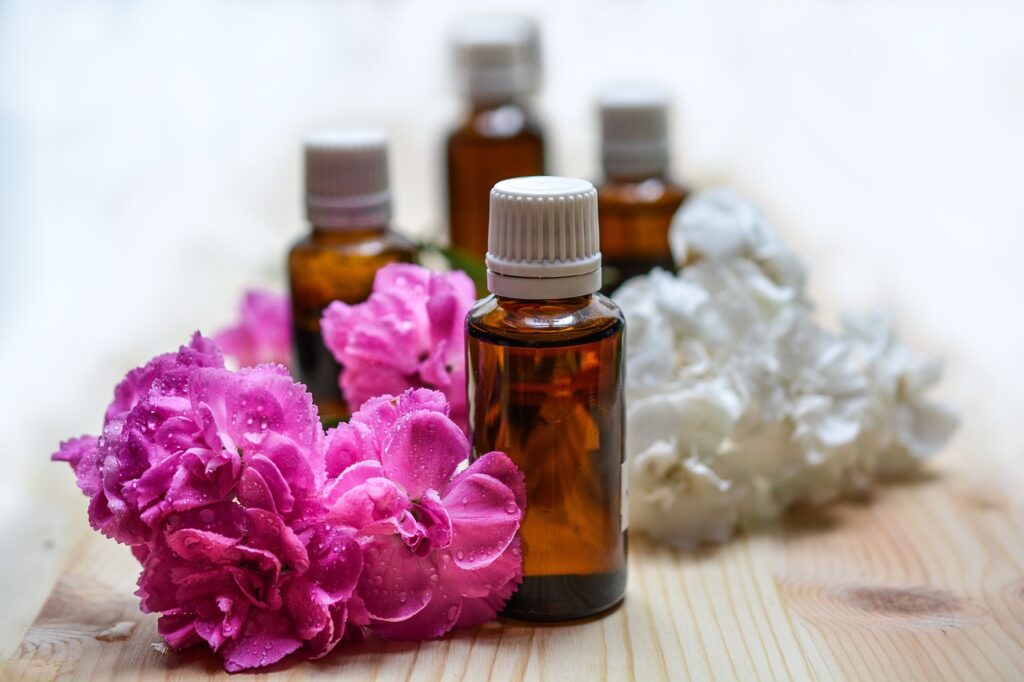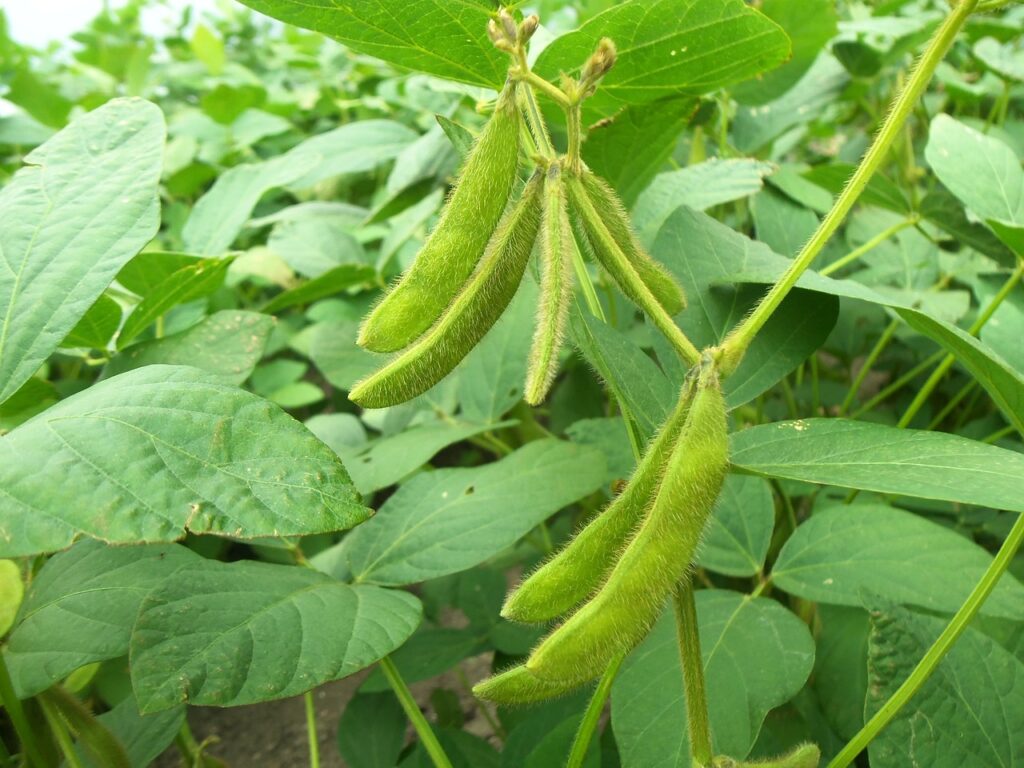Whether you’re making candles as a fun hobby or to sell them, I know you want a scent that fills the room and makes you smile.
For the holiday season, this could mean a room smelling woodsy like a Christmas tree, or sweet like a pumpkin pie (come on, just let pumpkin spice be). If you’re new to the candle making world, the smell that fills your room is the hot throw.
We all want it, but how do you get it? Because anyone can buy your candle once, but the hot throw is the judge, jury and executioner determining if someone buys your candle again…or not.
So what goes into the hot throw? It turns out there are 6 things (what?) to focus on for a good hot throw, because you know, candle making…
- Melt pool/size of jar
- Wax type
- temperature
- Fragrance
- Wick
- Your skills
The Melt Pool
First up, the melt pool. As a candle burns, it forms a melt pool, or the liquid wax surrounding the wick. If your candle is a success, the melt pool will reach the edges of the container after about 2 hours (no more than 4, depending on the diameter of the container).
If you have a large container, its larger melt pool can effectively disperse more fragrance into the air, resulting in a stronger hot throw. Factors like the type of wax, wick size, and candle container all play a role in determining the size of the melt pool.
Achieving a melt pool that reaches the edge of the container is a crucial aspect of candle making, as it directly impacts the candle’s hot throw.
What Wax Are You Using?
On to wax type. The wax you use matters because all waxes are not the same. One of the most popular waxes is soy wax because it’s eco-friendly and sustainable, but it can be challenging to get a strong hot throw, in my opinion.
Soy combines well with other eco-friendly waxes (like coconut or apricot) and can be a way of strengthening your hot throw. If this is your wax of choice, you can achieve a hot throw that works, but be ready to test (you’re a candle maker, you always test).
Another wax you may like to try is paraffin because it’s known for a strong hot throw (if you don’t want to go all paraffin, you can find it combined with soy). Beeswax, with its natural honey scent, can add a subtle and sweet note to the fragrance, but can be tricky for a beginner.
As you can see, the choice of wax type plays a key role in the hot throw of a candle, making it a critical decision for any candle maker.
As always…You have to get your wax from a reputable candle supply company. I can’t say much else about that. A great soy wax to start with (and I still use) is Golden Brands 464 Soy Wax. This wax is easy to use and is available at awesome candle supplies companies like:
Temperature – Get your thermometer out
Achieving the perfect scented candle isn’t just about adding fragrance into melted wax; it’s about doing so at precisely the right temperature. You can’t guess or just wing it.
When making candles, the temperature at which you add fragrance is a vital factor. Why? Because the right temperature ensures that the fragrance oil disperses evenly and bonds effectively with the wax.
Adding fragrance too early can lead to evaporation or a weak scent, while adding it too late can cause separation or uneven distribution. Follow the recommended guidelines for the wax you are using.
Fragrance – Get your scale out
Here is another important factor to consider…and you can’t just wing this either. First you must start with a quality fragrance made for candles. You have to get a fragrance from a legit candle supply company.
The wax you’ve chosen will determine the amount of fragrance (fragrance load) that you use. Start with the recommended fragrance load, which is given in a percentage range, and you can go from there.
But be careful because adding more fragrance and going way above the recommended percentage range will not increase hot throw…it will ruin your candle.
Pro tip: keep a notebook and record everything you do when you make a batch of candles. This will help you troubleshoot when/if something doesn’t work.
Beginner tip: Don’t give up if your candles don’t come out the way you wanted. See pro-tip above and try again!
Wick – I know the darn wick again
Wicking can drive you crazy if you let it. So let’s not get nuts. By now you know (I think) that you start with the wax you’ve chosen to use and select your wick by consulting a wick chart, which will give you the best wick recommendations.
Candle supply companies have made this easy by providing wick charts so you can make the best possible wick decisions. Now keep in mind that you will have to test your candles and wick up or down to achieve the best result for your candles.
Skills – It takes practice and patience
Why skills? Achieving a strong hot throw relies on a combination of skills. It starts with selecting quality materials such as fragrance oils, waxes and wicks. Also, you need to know the correct temperature to heat your wax and what fragrance load is necessary for achieving strong hot throw results.
Making candles is a mix of science and art and takes some practice, patience and attention to detail. Know that you’ll have to test in order to make a successful candle, one that is safe, burns correctly and has a strong hot throw.
Chances are, you won’t achieve this on your first candle and that’s OK (it would be weird if you did J). Keep testing and keep trying!



